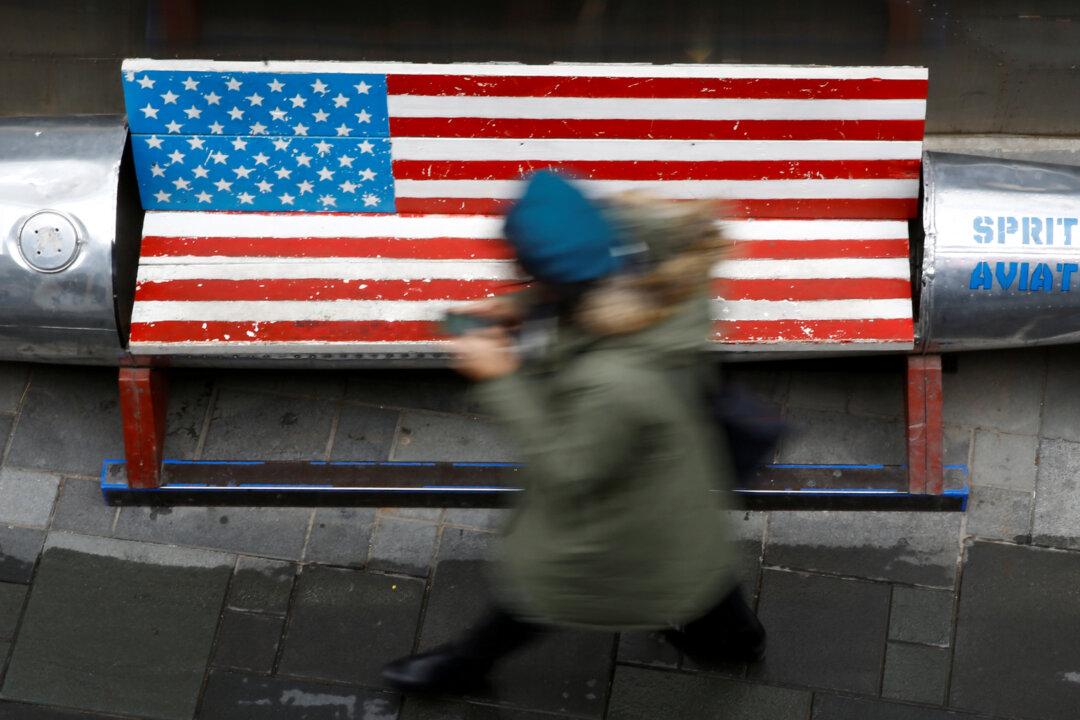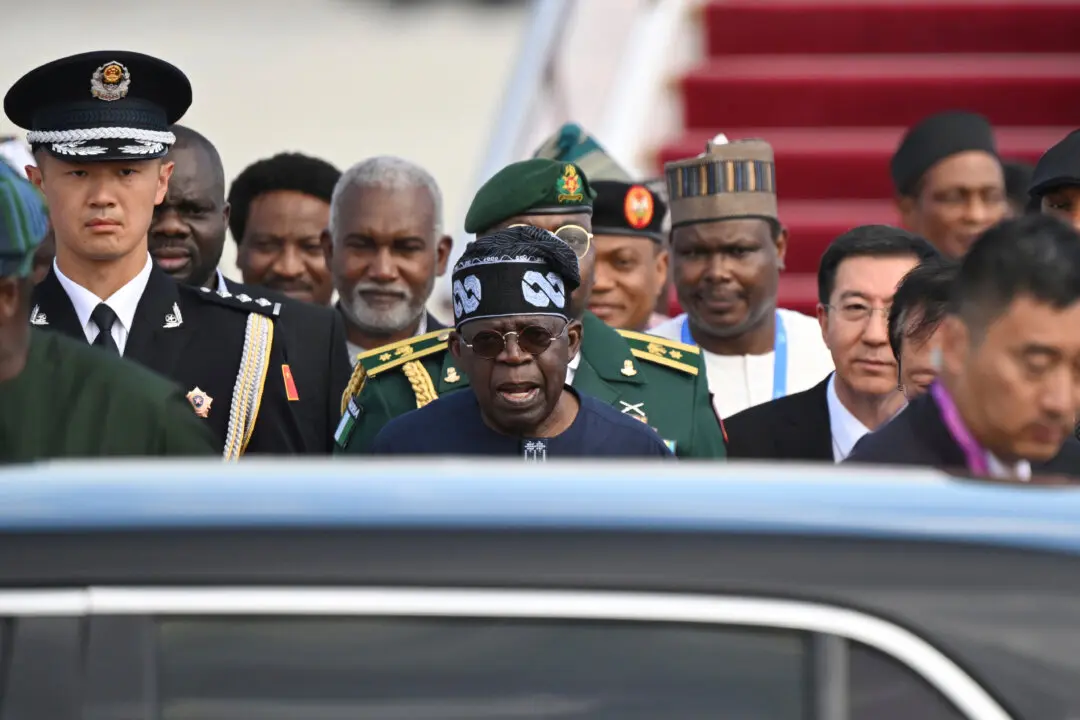China has offered to go on a six-year buying spree to ramp up imports from the United States in order to reconfigure the relation between the two countries, Bloomberg reported on Jan. 18, citing people familiar with the matter.
By raising annual goods imports from the United States by a combined value of more than $1 trillion, China would seek to reduce its trade surplus, which last year stood at $323 billion, to zero by 2024, one of the people told Bloomberg.





